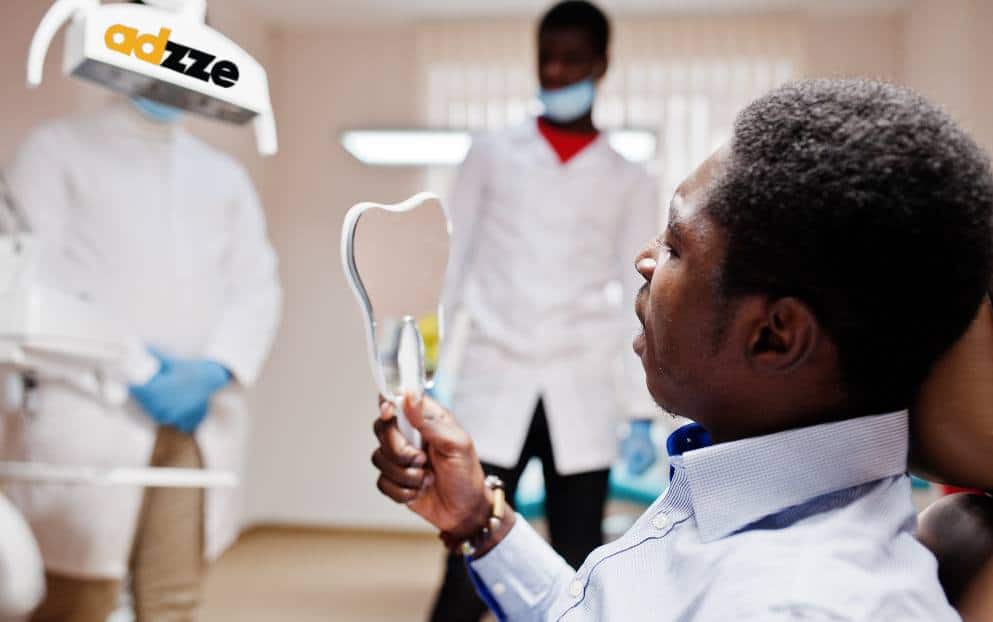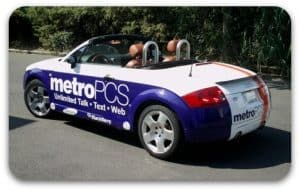The Dental Health Care Ads: Behavior-Driven Tactics That Motivate Action
For many consumers, going to the dentist is like flossing: they know they should—but rarely do. Despite decades of messaging, preventive dental care is still often neglected until pain forces the issue. That’s where the dental health care ads can evolve—by borrowing from behavioral psychology and embedding smarter messaging into the physical world.
Enter the behavioral nudge: a subtle prompt that encourages better choices without force or fear. In a world of digital overload, these nudges—delivered through localized, tactile media like in-hand advertising—are surprisingly effective. Law firms and insurance brands can position themselves as advocates of wellness, prevention, and community care by sponsoring these everyday health-focused touchpoints.
In this blog, we’ll explore how the dental health care ads can apply behavioral principles to change habits, improve access, and create stronger brand associations—all through physical formats that consumers actually engage with.
Why The Dental Health Care Ads Need to Go Beyond Awareness
Let’s be real: awareness isn’t the issue. Most people know brushing, flossing, and regular dental checkups are important. The problem is follow-through. That’s where traditional dental health care advertising falls short. It informs, but it doesn’t move.
So how can advertisers—especially those in law and insurance—be part of the solution? By delivering subtle, timely nudges in spaces where health behavior decisions are already happening.
What Are Behavioral Nudges in Advertising?
Behavioral nudges are tactics based on psychological cues that help guide decisions without restricting freedom. Think:
Defaults (e.g., pre-checked appointment reminders)
Prompts at the right time (e.g., ads in dental bags after cleanings)
Framing (e.g., “Keep your smile healthy” vs. “Prevent tooth loss”)
Social proof (e.g., “9 out of 10 patients return every 6 months”)
When applied to the dental health care ads, these nudges can encourage small but critical shifts in behavior—like booking a cleaning or using insurance benefits before they expire.
The Dental Health Care Ads That Work Best with Behavioral Nudges
Let’s focus on sponsored in-hand media—a natural fit for behavioral nudging in dental care. Law firms and insurance providers can place their messages in:
Dental clinic waiting rooms (magazine inserts, coffee sleeves)
Pharmacy bags (post-dental prescription pickups)
Branded hygiene kits (given after cleanings)
Bathroom mirror clings (reminders to schedule checkups)
Hand sanitizer stations (placed in dental offices or clinics)
Unlike traditional digital banners, these placements offer direct physical interaction—making them ideal for nudges that activate mental cues like urgency, repetition, and relevance.
Behavioral Nudge Tactics in The Dental Health Care Advertisement
Here’s how to incorporate psychology into your next dental health care ad:
Timing is the Nudge
People are most receptive to dental care messages right after an appointment or during a health-related activity. Delivering a hand sanitizer ad in a dental clinic lobby or a flyer inside a prescription bag works because it catches them mid-routine.
Example: “Next cleaning due in 6 months. Why not book it now?” (placed on a folding appointment card in a take-home kit)
Reinforce Social Norms
Social proof is powerful. Use language that positions checkups or good oral hygiene as normal behavior.
Example: “Join the 80% who visit their dentist twice a year” – printed on coffee sleeves at a nearby café sponsored by an insurance brand.
Trigger Micro-Commitments
A small nudge to commit can lead to long-term behavior. Ask for low-friction actions like scanning a QR code to pre-schedule or request a benefits review.
Example: “Covered for 2 cleanings/year? Scan to check.” – on mirror clings in dental clinic restrooms.
Use Loss Aversion
People are more motivated by avoiding a loss than gaining a benefit. This principle works well for insurance firms.
Example: “Don’t let unused dental benefits expire. Use them by Dec 31.” – printed on pharmacy bag ads with insurer branding.
Why This Strategy Is a Fit for Law Firms and Insurance Brands
For law firms specializing in injury or disability, and insurers covering dental or supplemental health plans, the dental health care ads provide a non-invasive, helpful way to associate your brand with wellness and prevention.
These brands benefit in three key ways:
✅ Build Trust Through Association
Being visible in dental care spaces reinforces brand credibility—especially when the messaging is helpful and health-first.
✅ Own the Preventive Conversation
Instead of showing up only when claims are made or issues arise, law and insurance firms can position themselves proactively as partners in health.
✅ Get Local, Get Specific
With Adzze’s in-hand advertising formats, brands can sponsor materials at the zip code or neighborhood level—targeting areas aligned with community care efforts or outreach goals.
Real-World Example: A Pharmacy Bag Nudge That Works
Imagine this campaign:
Partner: Delta Dental
Format: Branded pharmacy bags at Walgreens and CVS
Nudge Message: “Most plans cover 2 cleanings per year—have you used yours yet?”
Call to Action: Scan for a benefit check or local provider list
Simple. Relevant. Effective. This type of dental health care advertisement bridges the information-action gap using behavioral psychology and tangible brand presence.
Measuring the Impact of Behavioral Dental Ads
To ensure your nudge-based campaign is working, track metrics like:
QR code scan rate
Appointment booking spikes post-campaign
Pharmacy location redemption rates
Brand recall and sentiment surveys






